A perfectly roasted turkey breast is a wonderful alternative for a smaller crowd at Thanksgiving. However, the seasoning can be tricky, especially if it's pre-injected with a salt solution like the Butterball brand does. In this post, I'll show you how to level up the flavor to make the best Roasted Butterball Turkey Breast you've ever had!
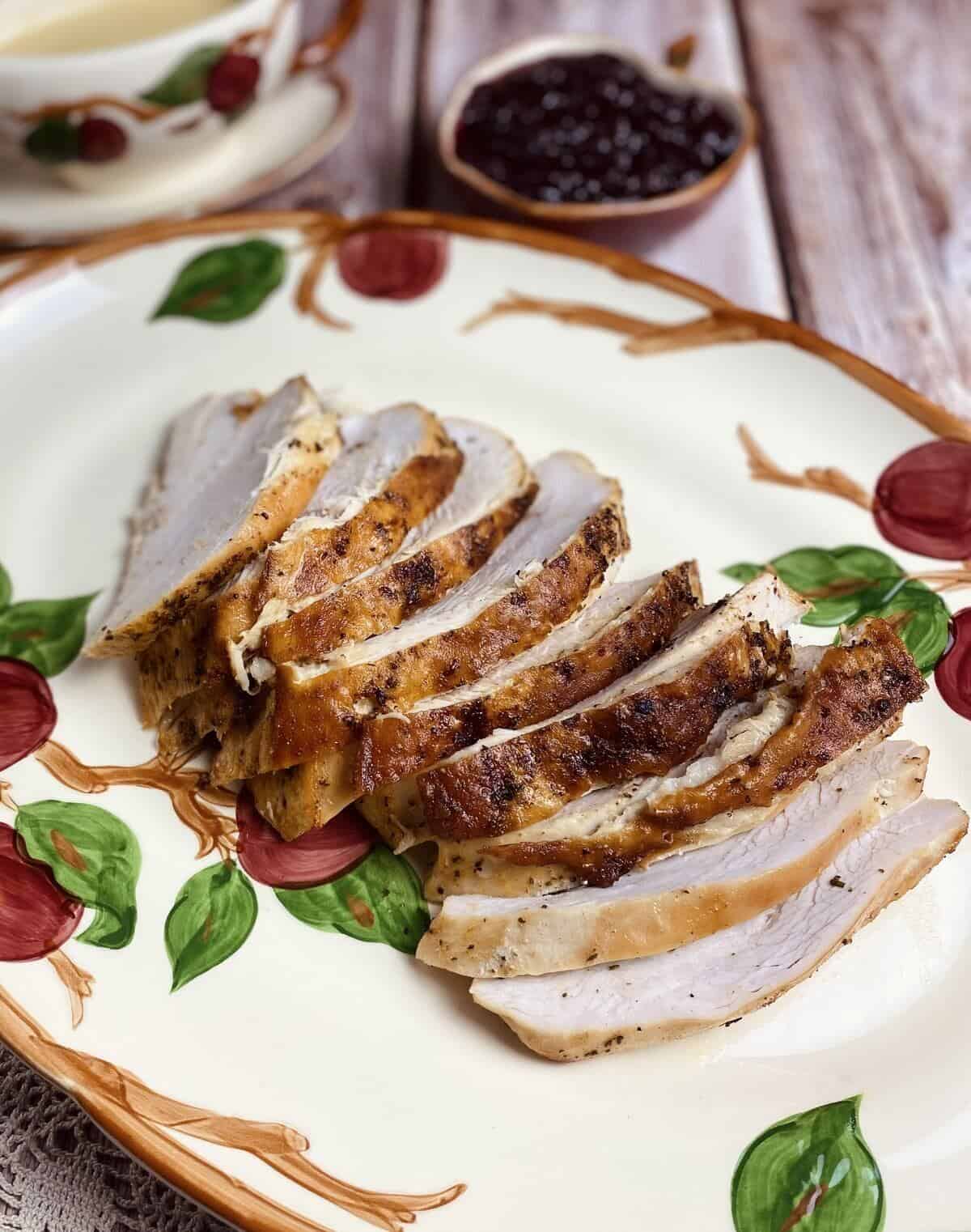
This is not a paid post. However, Butterball is a nationally available brand that is consistent in quality, so I felt comfortable suggesting it as a starting point. The package states it is injected with a 2% salt solution, so this recipe should work for any comparable cut made with that same amount of injected solution.
Pairing this turkey with creamy mashed potatoes, gravy, and a cheesy vegetable makes for a cozy and delicious Thanksgiving feast!
Read on for all the loving details to make a Roasted Butterball Turkey Breast.
Jump to:
Featured Ingredients
Read below for a few of the ingredients used to make Roasted Butterball Turkey Breast.
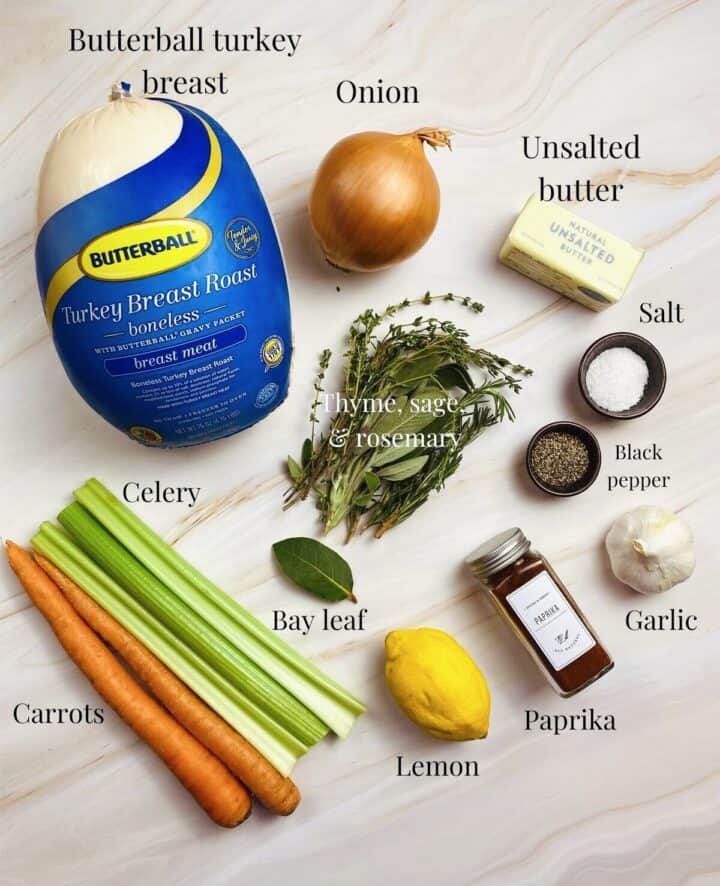
Turkey breast - This recipe is for seasoning and roasting a Butterball brand turkey breast. Butterball injects its birds with a salt solution to help with flavor and moistness. The solution they use has 2% salinity (the amount of salt in the solution). You can use the roasted Butterball turkey breast recipe for another turkey breast brined with the same amount of salt solution.
If you have a roast that was not injected with salt solution, that is no problem. You can make your own version by dissolving ¼ cup of Diamond Kosher Salt for every quart of water used to submerge the turkey breast. Brine the roast for 12-18 hours. Continue with the recipe as-is.
For more information on brining, check out Jessica McGavin's blog article on two ways to brine a turkey. The post includes a chart showing how to adjust the salt depending on what brand/type you use.
Butter - Use unsalted butter only. See the Substitutions section for dairy alternatives.
Vegetables - Here is the classic mirepoix that I love, like anything else in my life I know I can count on. It makes every recipe so much better! What's more, with the addition of garlic, bay leaf, and whole lemon, the flavor of the turkey becomes out of this world delicious!
Fresh herbs - Rosemary, sage, and thyme are traditional poultry seasonings. In fact, you can find all three in the perfect amount in a clamshell at most grocery stores.
See recipe card for quantities.
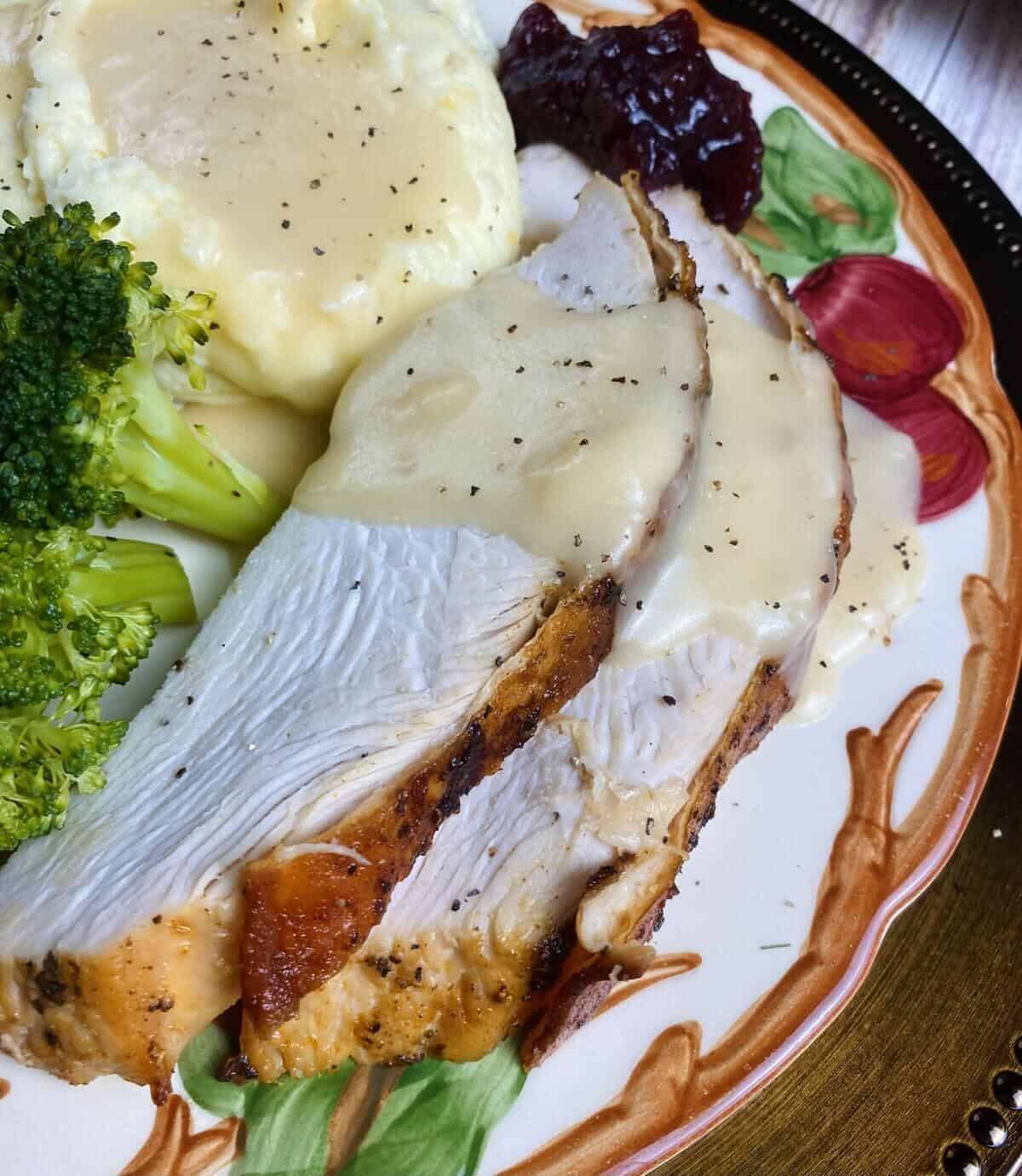
Tools for the job
- Measuring cups and spoons
- Cutting board and sharp knife
- Roasting pan or deep dish(anything that will hold the turkey snugly)
- Meat thermometer (Check out the Hot Tip! below for some suggestions)
How to make roasted Butterball turkey breast
The following instructions were made specifically for a Butterball brand boneless turkey breast roast. They consist of two pieces of breast weighing 4.75 pounds and held together with a roasting net. The weight is the same no matter where you buy it, which is beneficial as it takes some of the guesswork out of the time, temperature, and ingredient measurements.
Do not follow the instructions on the packaging. We're rebels, and we do what we want!! This means discarding all the packaging, the netting, and, if you can handle it, the gravy packet as well! Instead, try out this easy gravy recipe made to go with this Roasted Butterball Turkey.
To start: Preheat the oven to 325°F and prepare the herb butter.
Preparing the herb butter
- Finely mince the herbs and garlic. Reserve 1 teaspoon of freshly minced herbs for the vegetables in the roasting pan.
- Add all the herb butter ingredients to a bowl and smash together with a fork. You could also use a small food processor for this.
- Soft, room temperature butter is the key to this coming together well. To speed up the process, grate the butter on a cheese grater and leave it in a warm space.
Remove turkey packaging
- Remove the turkey breast roast from all of the packaging, including the white netting, and discard.
- Open the pieces up and pat them very dry with a paper towel.
- Set on a pan while you prepare the roasting pan.
Set up the roasting pan
This is what you will set the buttered turkey on. The drippings will mingle with the aromatics and provide the best flavor boost for your gravy!
- Use a dish that is close to the size of the turkey breast.
- Roughly dice the vegetables into 1 inch pieces.
- Put the chopped vegetables, lemon, whole garlic cloves, and bay leaf into your roasting dish. Sprinkle the teaspoon of reserved minced herbs on top.
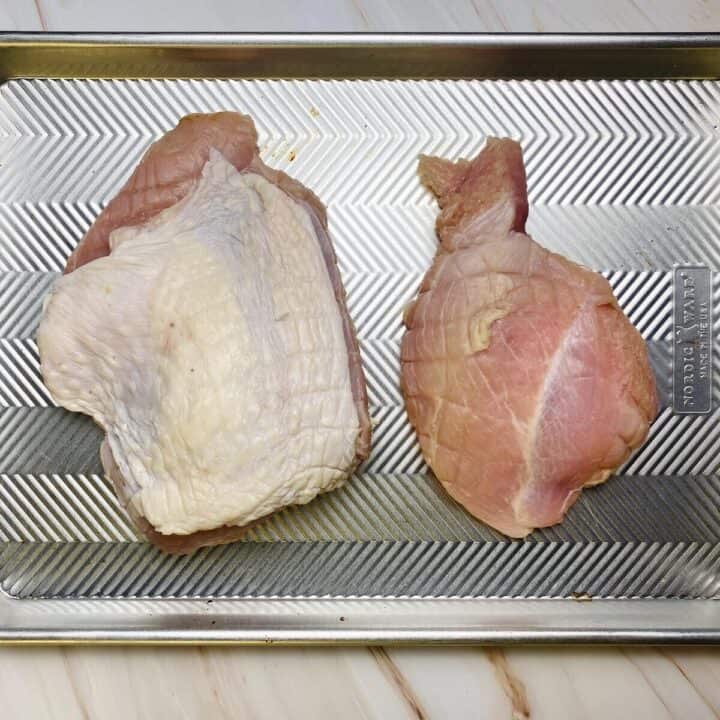
When removed from the netting, the turkey roast will probably be in two pieces. Dry thoroughly with paper towels.
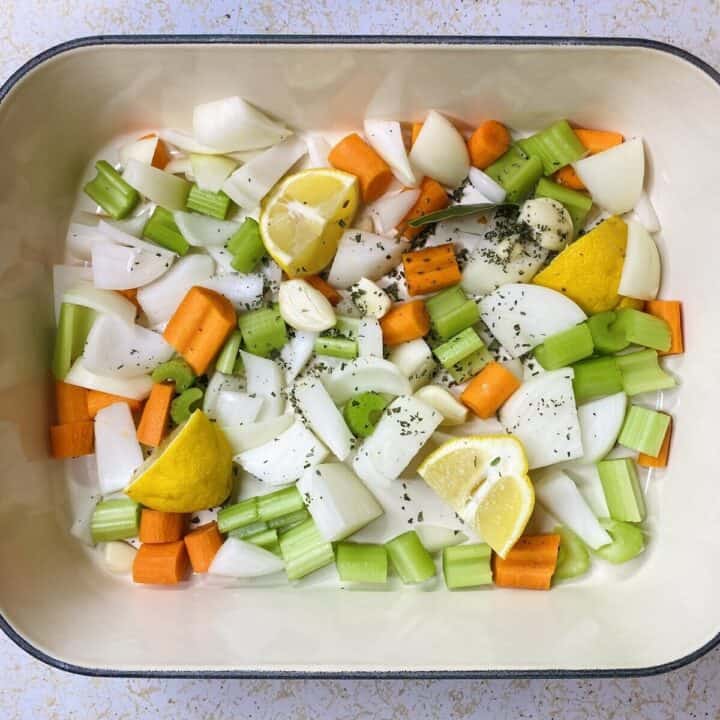
Fill the roasting dish with mirepoix, lemon, garlic, and a teaspoon of the minced herb blend.
Seasoning and roasting the turkey
- When the pan is ready, coat all parts of the turkey breast with herb butter. Make sure to get it under the skin.
- Hint: If the turkey is too cold or not dry enough, the butter will not be spreadable to coat the turkey before baking. Dry the turkey well with paper towels and let it sit out for about 30 minutes so it's not "refrigerator cold" when you apply the herb butter.
- Lay the smaller piece of turkey in the middle of the vegetable bed. Tuck under any parts that stick out. Lay the second piece on top with the skin facing up.
- If you have an in-oven thermometer (paid link), insert the probe into the middle with the reader facing out. This will allow you to check the temperature quickly.
- Roast the turkey breast in a 325°F oven for approximately 1.5-2 hours. When it reaches 160°F, remove it from the oven and tent with foil for 15 minutes. At this time, you can use the drippings from the pan to make the best-tasting gravy!
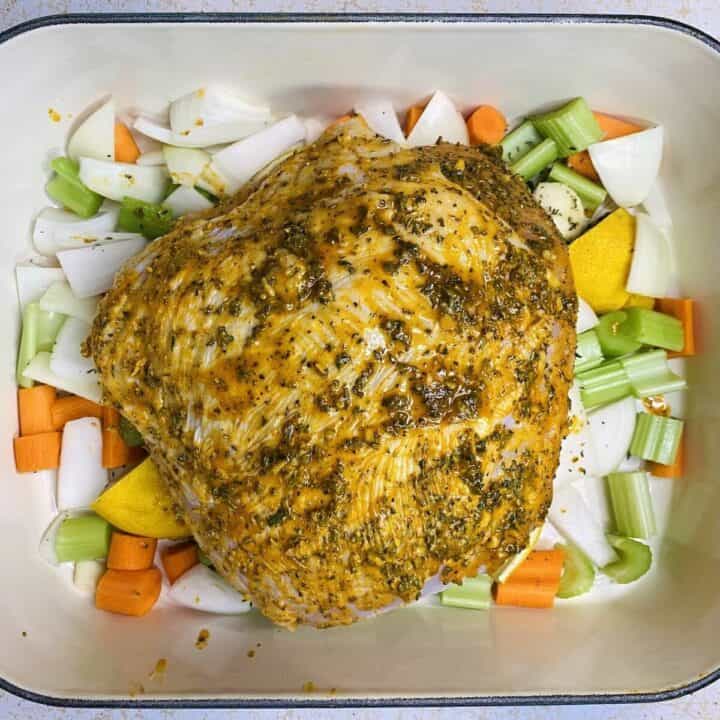
Lay the buttered turkey pieces on top of the vegetable mixture.
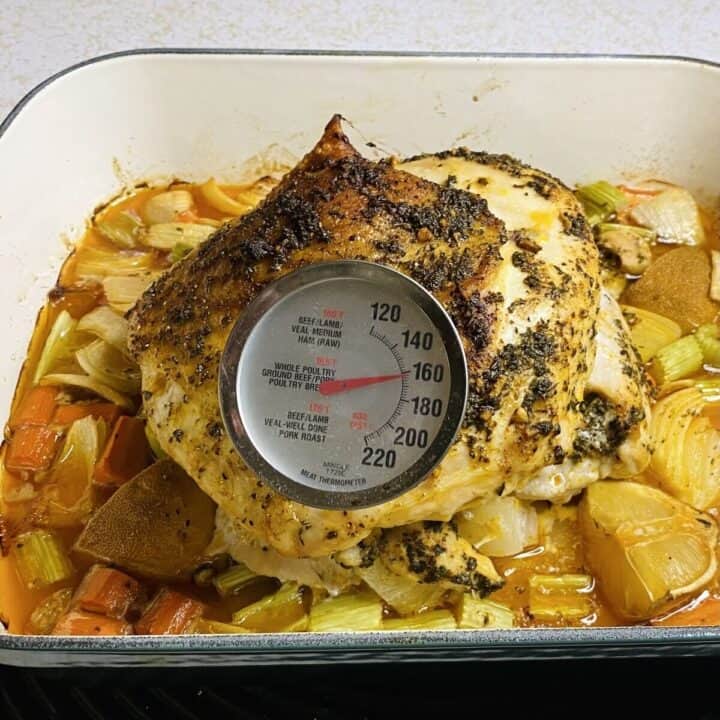
Roast in the oven until the turkey reaches an internal temperature of 160°F.
Hot Tip!
Whenever you cook large pieces of poultry, it is imperative to have a meat thermometer. Undercooked meat can cause food poisoning, such as salmonella poisoning. There are many options to choose from.
This analog thermometer is similar to the school-issued thermometer from my culinary school days. It's inexpensive and dishwasher safe. I have one similar to this popular instant-read thermometer. I love the larger screen, finger hole, and fold-out probe. This lollipop-shaped thermometer is fantastic because it gets you readings in 2-3 seconds, has a large screen, and comes in multiple colors. For a wireless option, try this ThermoMaven thermometer. The temperature probe remains in the cut of meat while it cooks so you can monitor it the entire time and set an alarm for when it reaches your desired temperature. (Paid Links)
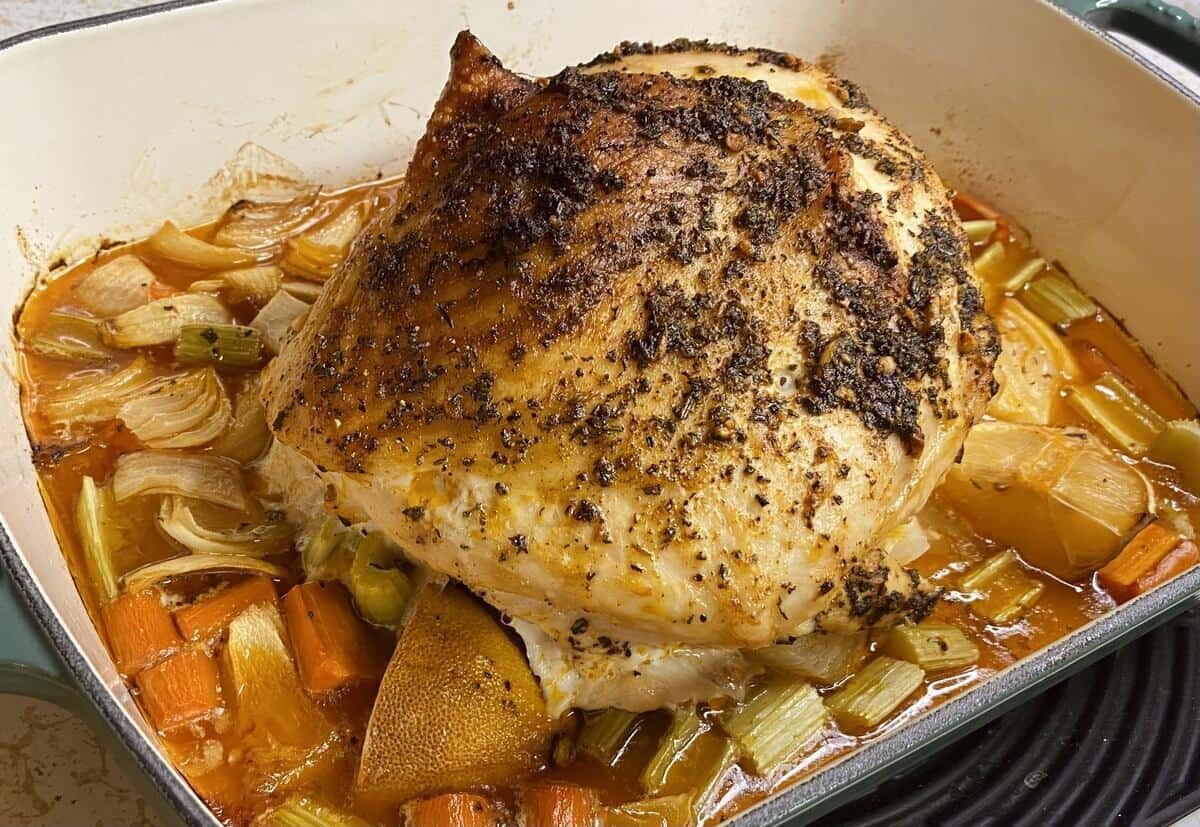
Substitutions
- Turkey - If you can't find this brand but can find one made with 2% solution, then the seasoning will be exactly the same. If the size is far off from 4.75 lbs, aim to roast at 20 minutes per pound at 325°F. Ovens can vary, so always use a thermometer when cooking large cuts of poultry.
- Herbs - I almost always recommend using fresh herbs. If this is not an option, you can substitute ⅓ of the amount in dry herbs. (i.e., 1 tablespoon fresh rosemary = 1 teaspoon of dry rosemary.)
- Butter - If you're dairy-free, you can use olive oil. Start with ¼ cup and add the herbs and seasonings. You'll want a loose paste. Add a little more oil if needed.
How to use leftover roasted Butterball turkey breast
This turkey breast makes the best leftovers. It's so succulent that it stands up well to reheating and still tastes amazing cold.
- Round Two - Give this turkey a second main dish life by pairing it with flavorful roasted potatoes and a healthy dose of gravy!
- Less traditional Pot Pie - Chicken pot pie has had its turn! Try it with turkey instead. Using diced leftovers in a pot pie is a great way to keep it moist. It uses many of the same ingredients as the roasted turkey breast recipe itself, so you may have all you need on hand! HINT: Use a premade pie crust as a shortcut.
- Thanksgiving Turkey Bagel - Hear me out. A traditional Thanksgiving leftover sandwich, but on a bagel. Namely, an Everything seasoned bagel. Add sliced turkey, cream cheese, cranberry sauce, and crisp lettuce. (Can you hear the choir singing yet?)
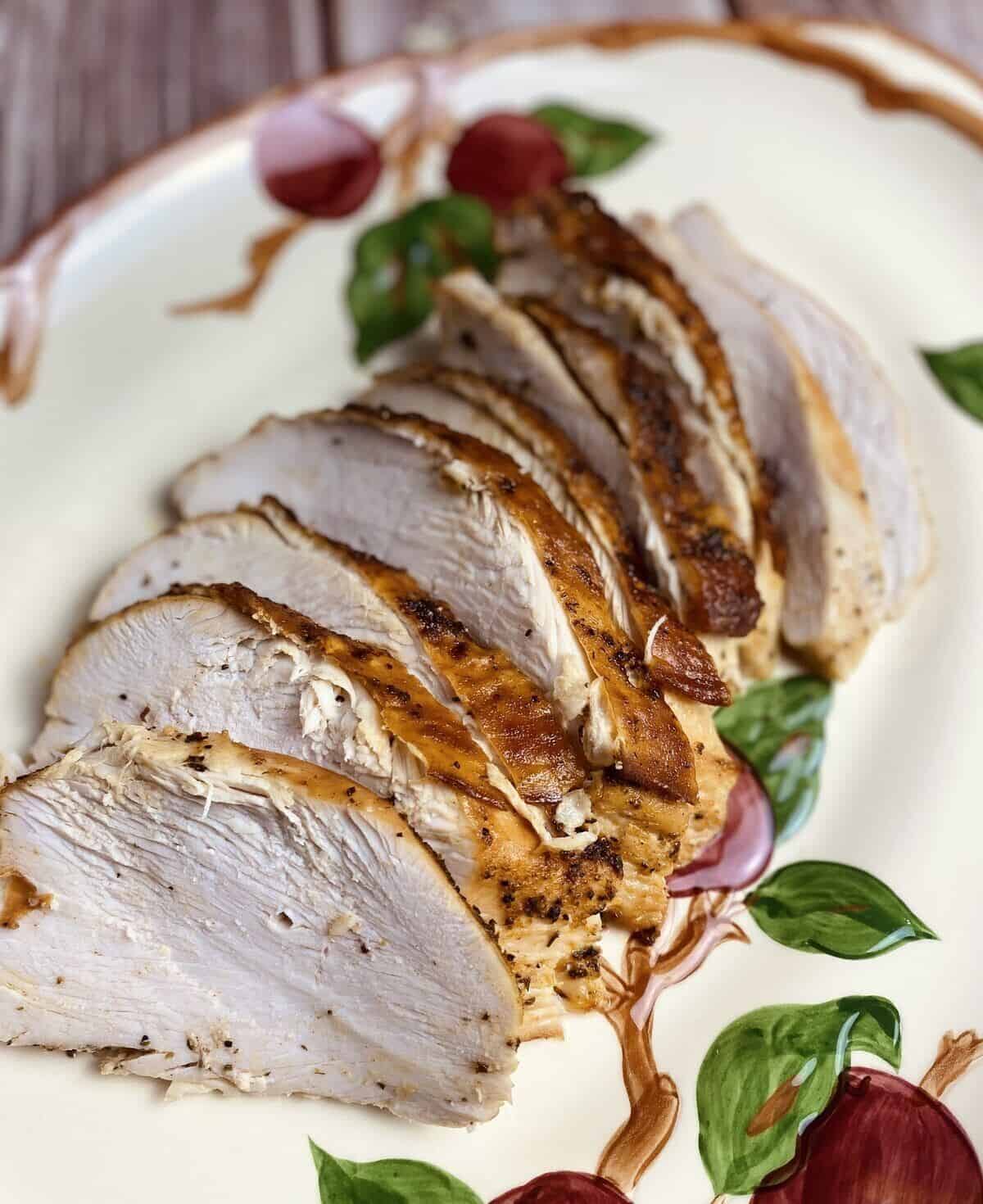
Storage
- Refrigerate leftovers in a sealed container for 3-4 days.
- Freeze leftover roasted turkey in a zip-top bag for up to 4 months.
FAQ
I believe there are two reasons why someone would want to remove the skin from the turkey breast roast. One, they're trying to avoid extra fat and calories, and two, it's unappealing to them. I recommend leaving the skin on. First, it's a natural basting blanket. Turkey breast meat is very lean, which lends to drying out faster. By leaving the skin intact, you're helping the roast stay as moist as possible while protecting its top from the heating element. This will probably not add too much to the calorie count. And if it's found to be unappetizing, you can easily remove it after roasting.
You can put it in a bowl in your refrigerator to let it thaw slowly. That can take 4-5 days.
Another way to safely thaw a turkey breast is to submerge it in a bowl of water in the sink. Make sure there is a slow stream running over it at all times. The water should be no warmer than 70°F. This takes 5-7 hours.
I did a combination of both, putting it under water for a few hours and then in the fridge to use the next day.
Food safety
- Cook to a minimum temperature of 160° F (71° C). Carryover cooking will bring it up to the recommended safe temperature of 165° F.
- Do not use the same utensils on cooked food that previously touched raw meat, like your cutting boards. The best practice is to have one for raw meats only and one or more for everything else.
- Wash hands after touching raw meat
- Don't leave food sitting out at room temperature for extended periods
- Never leave cooking food unattended
See more guidelines at USDA.gov.
Delish Main Dish
Looking for more dinner ideas? Try these:
Pairing suggestions for Roasted Turkey Breast
Here are a few suggestions to serve with Roasted Butterball Turkey Breast:
Print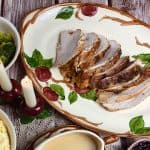
Roasted Butterball Turkey Breast
- Total Time: 2 hours 30 minutes
- Yield: 4-6 servings 1x
- Diet: Gluten Free
Description
Discover the secret to making a flavorful roasted Butterball Turkey Breast! This recipe will bring out the best in a pre-injected turkey.
Ingredients
- 1 Butterball turkey breast, 4.75 lbs, 2% solution
- 1 large onion, roughly chopped
- 3 celery stalks, chopped into 2" pieces
- 2 carrots, chopped into 2" pieces
- 1 lemon, quartered
- 4 garlic cloves
- 1 large bay leaf
Herb butter
- ½ cup butter, softened
- 1 tablespoon minced fresh rosemary
- 1 tablespoon fresh thyme
- 1 tablespoon minced fresh sage
- 1 tablespoon minced garlic
- 1 teaspoon salt
- 1 teaspoon paprika
- ½ teaspoon black pepper
Instructions
- Preheat the oven to 325°F.
- Next, make the herb butter. Finely mince the herbs and garlic. Reserve 1 teaspoon of freshly minced herbs for the vegetables going in the roasting pan. Add all the herb butter ingredients to a bowl and smash together with a fork. Set aside.
- Remove the turkey breast roast from all of the packaging, including the white netting, and discard it. Open the pieces and pat them very dry with a paper towel. Set them on a pan while you prepare the roasting pan.
- Next, you'll want to make the "roasting pan". Use a dish that is close to the size of the turkey breast. Put the chopped vegetables, lemon, whole garlic cloves, and bay leaf into your roasting dish, creating a bed to elevate the turkey. Sprinkle the teaspoon of reserved minced herbs on top. This is what you will set the buttered turkey on.
- When the pan is ready, coat all parts of the turkey breast with herb butter. Make sure to get it under the skin. Lay the smaller piece of turkey in the middle of the vegetable bed. Tuck under thinner parts that stick out. Lay the second piece on top with the skin side up. If you have an in-oven thermometer, insert the probe into the middle with the reader facing out.
- Roast the turkey breast in a 325°F oven for approximately 1.5-2 hours. When it has reached 160°F, remove it from the oven and tent with foil for 15 minutes.
- Prep Time: 30 minutes
- Cook Time: 2 hours
- Category: Main dish
- Method: Roast
- Cuisine: American

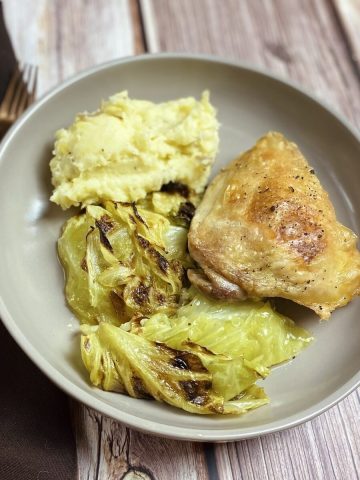
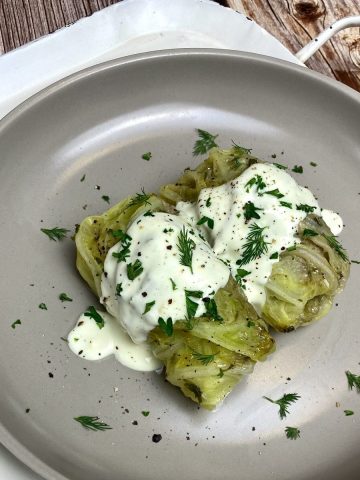
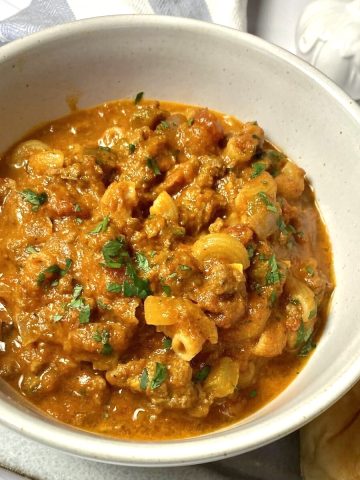
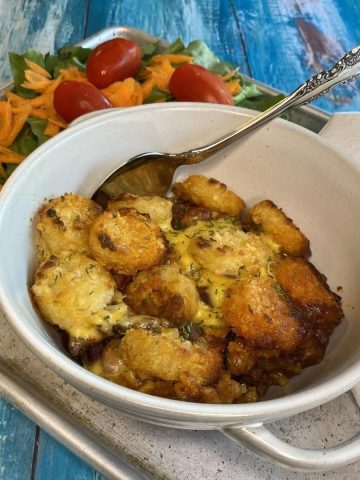
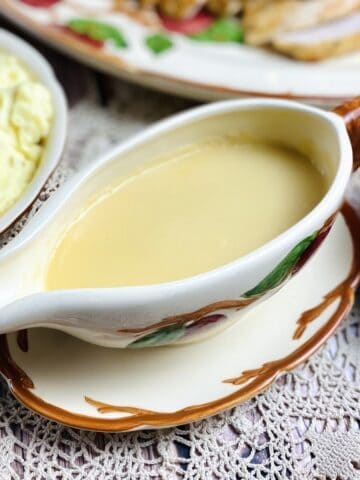
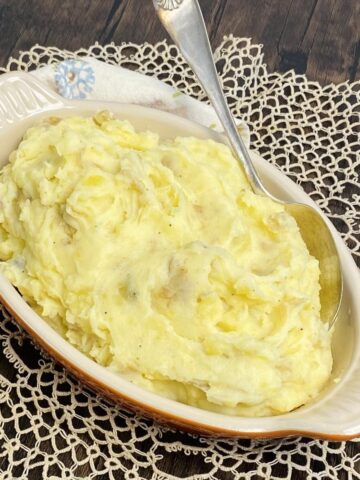
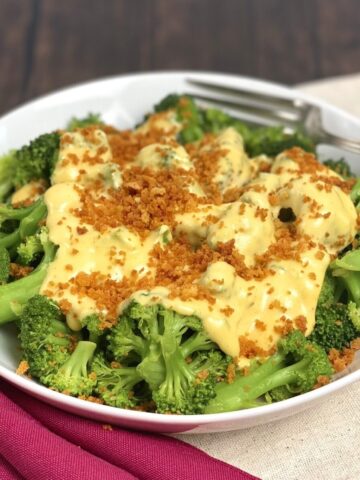
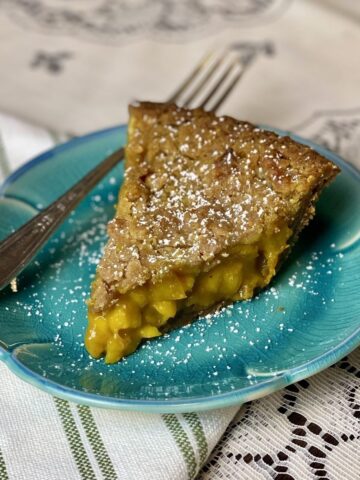
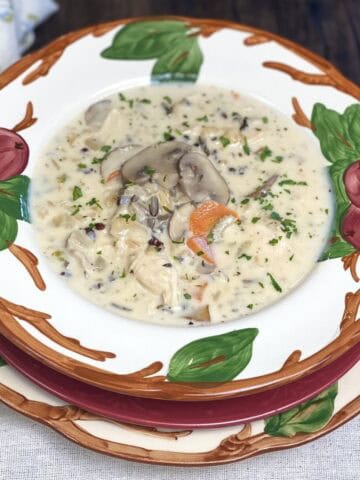
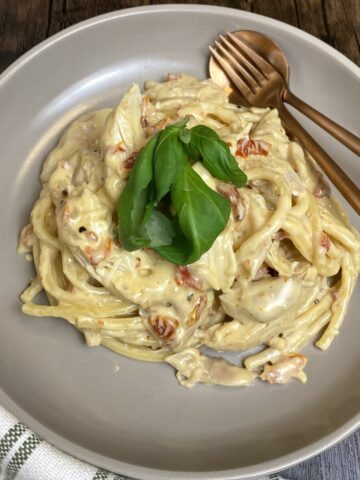
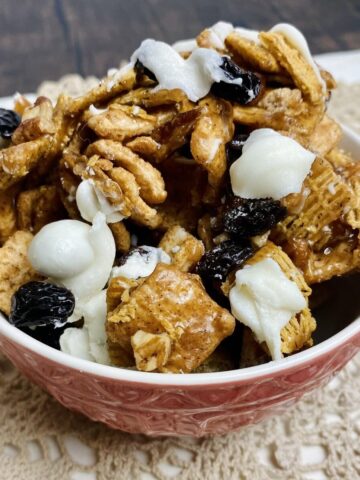
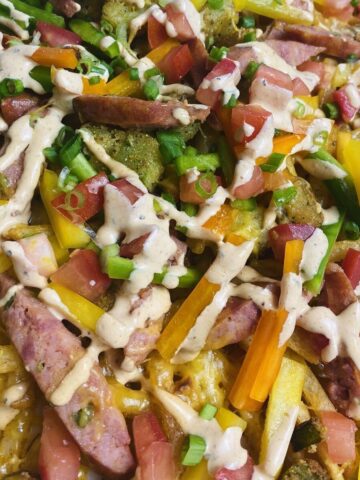
Comments
No Comments